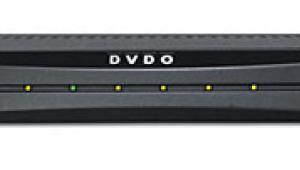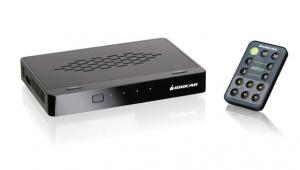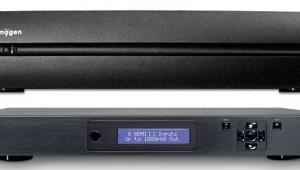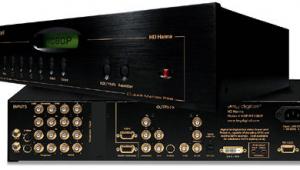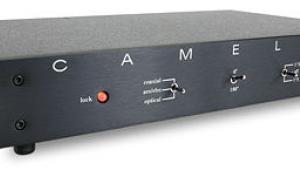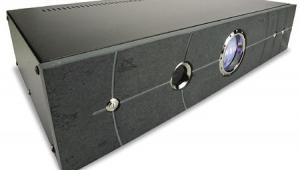Theater Automation Wow Rock+ video processor-scaler Who Needs It?
Video processing that scales the image to match the display is still a new concept for some readers. Standard video sources—VCRs, satellite tuners, LD and DVD players—all display fewer than 500 lines of vertical information, while the new high-definition displays have a much higher degree of resolution. All current high-definition displays (with the exception of some front-projection CRTs) have built-in circuitry that upscales a standard-definition image to the native resolution of the display, which may be either fixed (for example, a plasma or DLP), or variable (CRT). While the result is not hi-def, it is generally free of scan lines. But while these circuits have improved
dramatically in recent years, not all of them are good enough to satisfy the discerning viewer. As manufacturers have learned that videophiles will spend good money for a better image, new product category—the scaler—has been created.
Standard-definition NTSC video (and high-definition at 1080i) is broadcast at 30 frames per second. But the human eye would see flickering at this rate. To eliminate this, each frame is broken into two "fields," each of which contains half the lines present in the full frame. The odd lines are drawn in the first 1/60 of a second, the even ones in the second 1/60, to create an apparent full frame of information in 1/30 second. Sixty fields per second thus make up this "interlaced" image, essentially eliminating flicker. But those 60 fields each contain only 240 visible scan lines—half the number of lines in each video frame. On any but the smallest televisions, this line structure is visible.
The earliest video processors reassembled the interlaced fields into frames, then displayed each frame twice to avoid flicker. There were still 480 lines in each frame, but because they were flashed on the screen twice as often, the eye no longer perceived the line structure—at least within reasonable limits on the image's size. These devices were actually frame-rate doublers, though they were incorrectly named "line doublers." The best of them could also recognize and deal with the conversion process used to convert 24fps film material to 30fps video. The progressive-scan DVD player is an outgrowth of this "doubling" technology and performs essentially the same functions as a "frame-rate doubler."
When later video projectors were able to draw a picture with smaller electron-beam spots, makers of video processors began to increase the number of lines of resolution, at first to 960, and then, when it became clear that many density of information, to 720 lines.
The video processors that perform such duties today often allow a range of output resolutions, so a single processor can satisfy the requirements of a variety of video displays, including new fixed-pixel, solid-state technologies like LCD, DLP, and D-ILA projectors and screens. These video processors are now called scalers.—JJG
